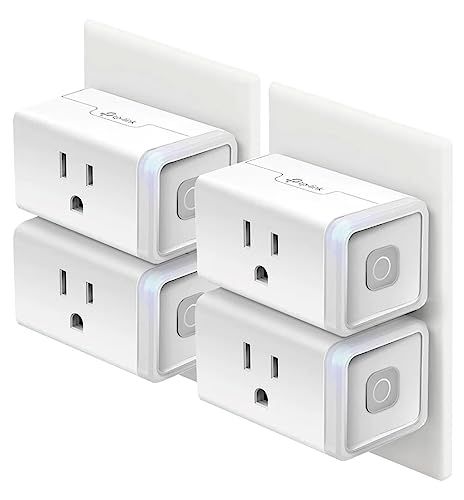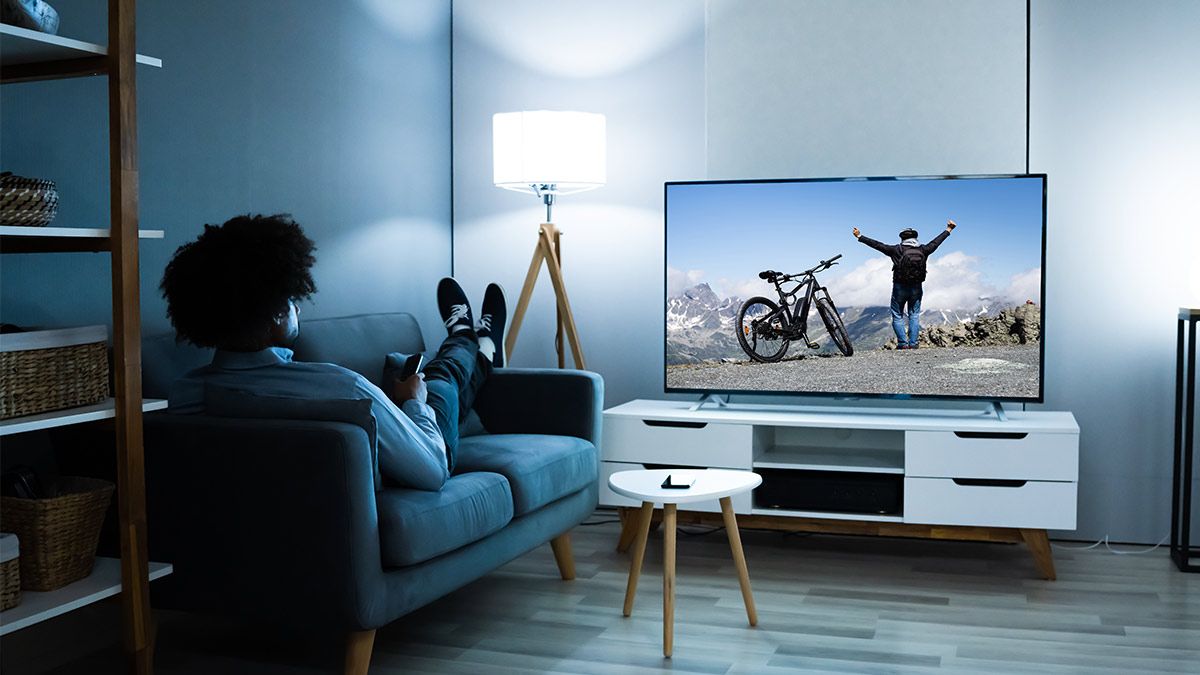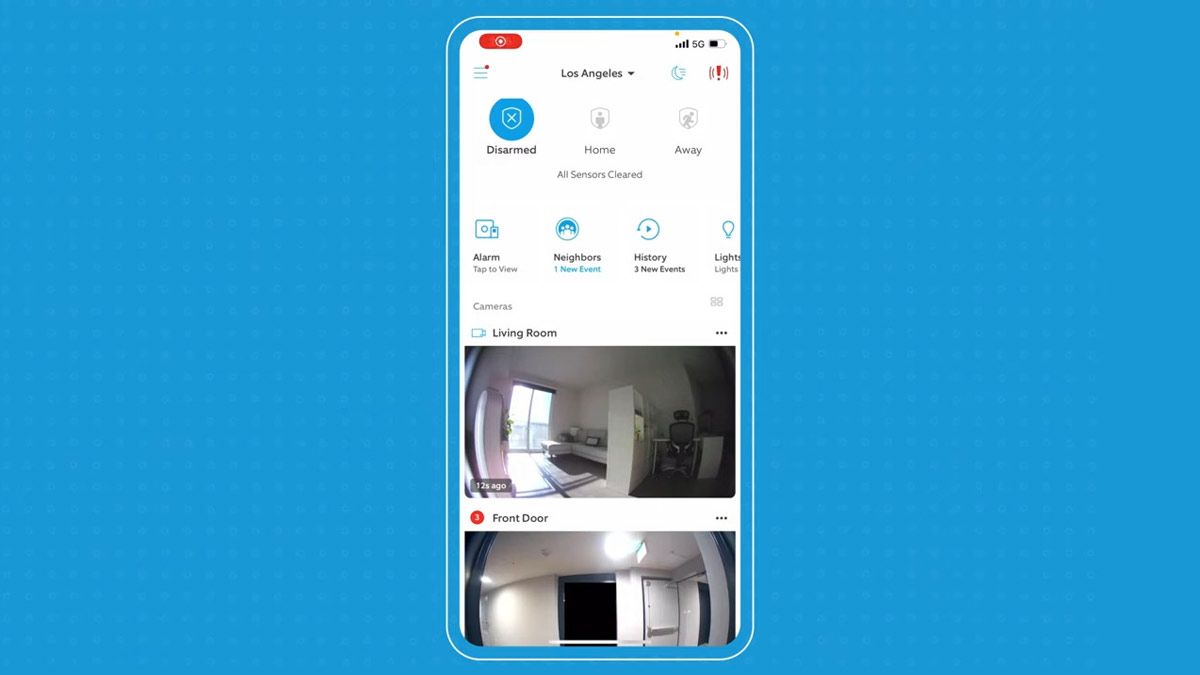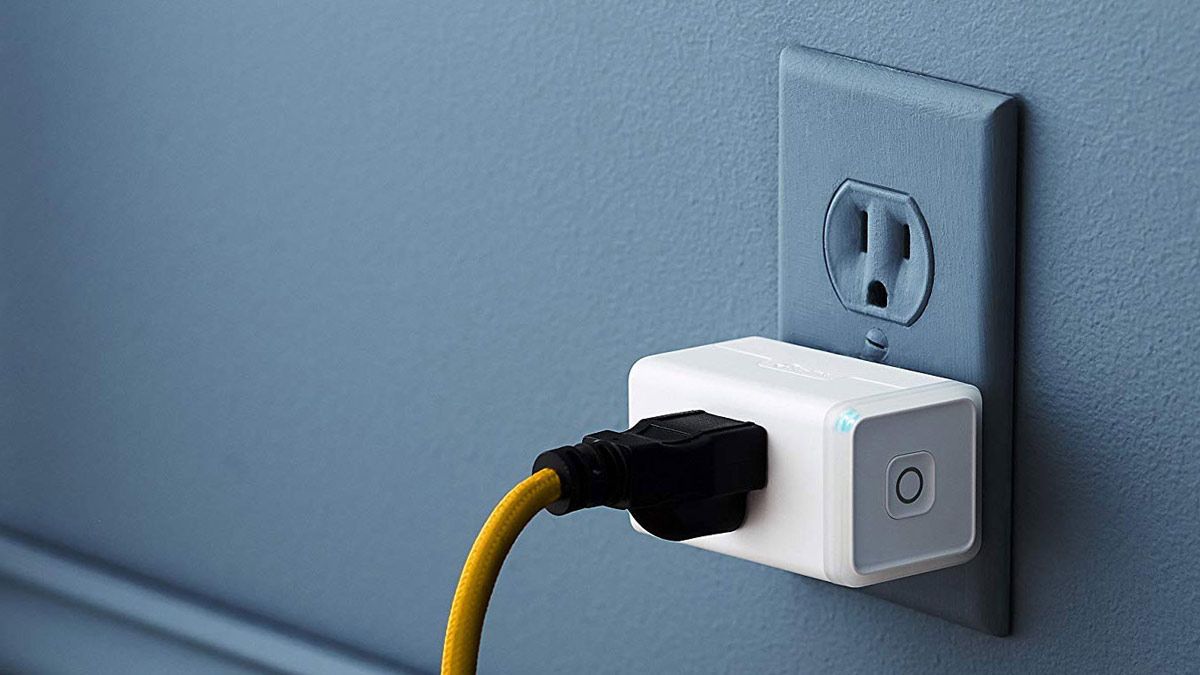Quick Links
Security cameras are great for keeping an eye on your home, indoors and out, but what if you want to disable them when you're home for increased privacy?
Why Disable Your Cameras When You're Home?
Perhaps you hadn't given much thought to whether your smart security cameras are on or off when you're home. Part of the allure of smart home gear and the plethora of easy-to-configure security cameras on the market, after all, is that you do your research to pick the right camera and then just plug it in and forget about it.
But every so often in the news, a story crops up about security cameras that are unsecured, compromised by out-of-date firmware, or otherwise accessible in a way they shouldn't be.
Perhaps those kinds of stories make you think that turning your security cameras off when you're sitting right in front of them might not be a bad idea, and rightfully so.
After all, the biggest benefit of security cameras is the ability to check on your home while you aren't there to observe it in person. A camera parked in your living room so you can check on your dogs while you're at work is great when you're at work---but it's a potential privacy concern when you're sitting on the couch with them.
How to Turn Off Your Security Cameras When You're at Home
Unfortunately, that aforementioned plethora of devices means there's no universal way to simply shut off your camera as it varies by brand and how the camera is powered. Here's what to look for and one sure-fire way to handle cameras with a wired power source.
Turn Off Your Cameras With Software Settings
Most security cameras have some sort of override or camera shutoff function. What that shutoff actually entails and how you achieve it, however, varies by manufacturer.
The majority of cameras from companies like Nest, Ring, Arlo, Eufy, and other manufacturers support simple software-based toggles within the app. You open the controlling app, select the camera, and you'll find a basic on-off toggle to set the state of the camera.
Some platforms offer more sophisticated options including automation. Nest cameras, for example, can be linked to the presence sensing settings of your Goggle Home. Using the home/away functionality, you can set the Nest camera in your living room to turn off if any member of your Google Home group is home---and have it turn back on when they leave. Home and away presence is determined by user phones, not presence detection (like that offered by the Nest thermostat) for security purposes.
Ring cameras support modes. You can set the system to disarmed to disable motion detection, home mode to keep the outside cameras on, and away mode to turn them all on. Like the Nest system, Ring supports geofencing.
One thing you'll quickly discover if you start poking around in the settings for your particular camera is that you might be able to toggle the device off via software settings, but you can't actually shut the device down. From a user-experience standpoint, this makes sense, of course. Most people would be frustrated if they turned off a camera, especially one mounted in a hard-to-reach location, and had to physically climb up to the camera to turn it back on.
Turn Off Your Camera's Power Source
If the camera sitting in your living room is only in a "soft" off state then, then it's not really off---is it? Anyone with allowed or illicit access to the system can simply flip the state of the camera to on as easily as you flipped it off.
The simple solution? Cut the power to the camera when you're home to avoid any chance the camera could be on when you want it off. This isn't necessarily a viable solution for all battery-operated security cameras, as many wireless security cameras, such as those in the Arlo Pro lineup, will work when the battery is removed but the charging cable is still attached.
Of course, we'll be the first to admit that crawling behind your couch to unplug your security camera when you go to work---and then reversing the process every morning before you leave---is more than a bit of a hassle.
If you want to go the route of physically cutting the power to the camera we'd recommend plugging the camera into a smart plug from a reputable company like Kasa. You'll get all the flexibility of scheduling, away/home routines, and other smart home features, without worrying that the software-toggled camera is really off or not.

Kasa HS103 Smart Plugs
These handy plugs are perfect for manually overriding the power to your security cameras.
To take any online or smart element completely out of the equation, you could always swap the smart plug for a wirelessly-controlled plug or even a traditional outlet timer set for your work routine.
Practically speaking, however, going that route might trade a bit too much convenience compared to using a smart plug instead. The smart plug option ensures the camera is actually off but gives you much more flexibility.
However you approach cutting power to the camera when it is not in use, though, you can be assured it's actually off and not in a nebulous low-power state.



